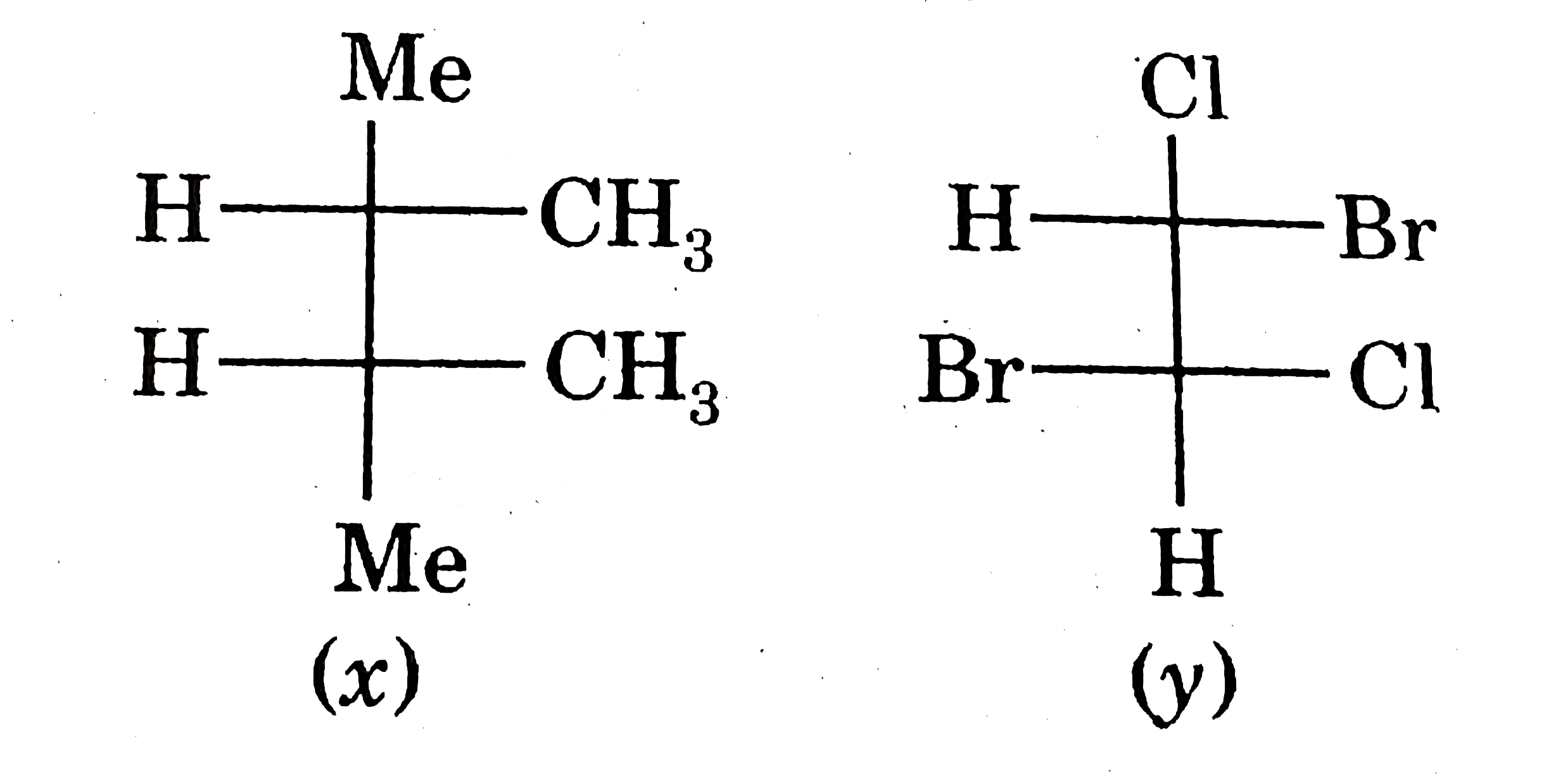Paticulate bigger than x microns are likely to lodge in the nasal passage whereas particles of about y microns enter to the lungs easily x and y are
x=5,y=0.10
x=5,y=1.00
x=5,y=0.30
x=6,y=0.20
The correct Answer is:B
Paticulate pollutants >5 microns are likely to lodge in the nasal passage.
Particulate pollutants <1 micron, enter into lunges easily.
If x>5 microns-nasal passage is blocked.
y≤1 micron-enter into lungs.
Topper's Solved these Questions
- BOOK - A2ZCHAPTER - ENVIRONMENTAL CHEMISTRYEXERCISE - Section B - Assertion Reasoning14videos
ENVIRONMENTAL CHEMISTRY
- BOOK - A2ZCHAPTER - ENVIRONMENTAL CHEMISTRYEXERCISE - AIPMT/NEET Questions10videos
ENVIRONMENTAL CHEMISTRY
- BOOK - A2ZCHAPTER - CLASSIFICTION, PURIFICATION AND NOMENCLATURE OF ORGANIC COMPOUNDSEXERCISE - Section D - Chapter End Test30videos
CLASSIFICTION, PURIFICATION AND NOMENCLATURE OF ORGANIC COMPOUNDS
- BOOK - A2ZCHAPTER - HYDROCARBONSEXERCISE - Section D - Chapter End Test30videos
HYDROCARBONS
Similar Questions
Knowledge Check
- Question 1 - Select One
What is correct about x and y?
 ABoth are achiral moleculesBBoth contains chiral carbonCBoth are mesoDBoth having centre of symmetry in most stable configuration
ABoth are achiral moleculesBBoth contains chiral carbonCBoth are mesoDBoth having centre of symmetry in most stable configuration - Question 2 - Select One
If X is 60% more than Y, then Y is what percent of X?
A37.5B62.5C44.4D66.66 - Question 3 - Select One
If X is 60% more than Y, then Y is what percent of X?
A37.5B62.5C44.44D66.66
A particle moves in x-y plane according to ru le x=asinωt and y=acosωt. The particles follows:
View SolutionAssertion (A) : Smaller particles (sie <5 microns) cause fibrosis of the lung lining
Reason (R) : They are more likely to penetrate into the lungs.View SolutionIf [x] read as the greatest integer less than or equal to x,{x} is the least integer greater than or equal to x, Further, f(x,y)=[x]+{y} and g(x,y)={x}−{y}
and P(x,y)=f(x,y)+g(x,y)
and Q(x,y)=f(x,y)−g(x,y)
If x,y∈I+ then P(x,y)+Q(x,y) is always:View SolutionIf [.] denotes the greatest integer less than or equal to x and (.) denotes the least integer greater than or equal to x, then domain of the function f(x)=sin−1{x+[x]+(x)} is
View SolutionThe charge on a particle Y is double the charge on particle X. These two particles X and Y after being accelerated through the same potential difference enter a region of uniform magnetic field and describe circular paths of radii R1 and R2 respectively. The ratio of the mass of X to that of Y is
View Solution

